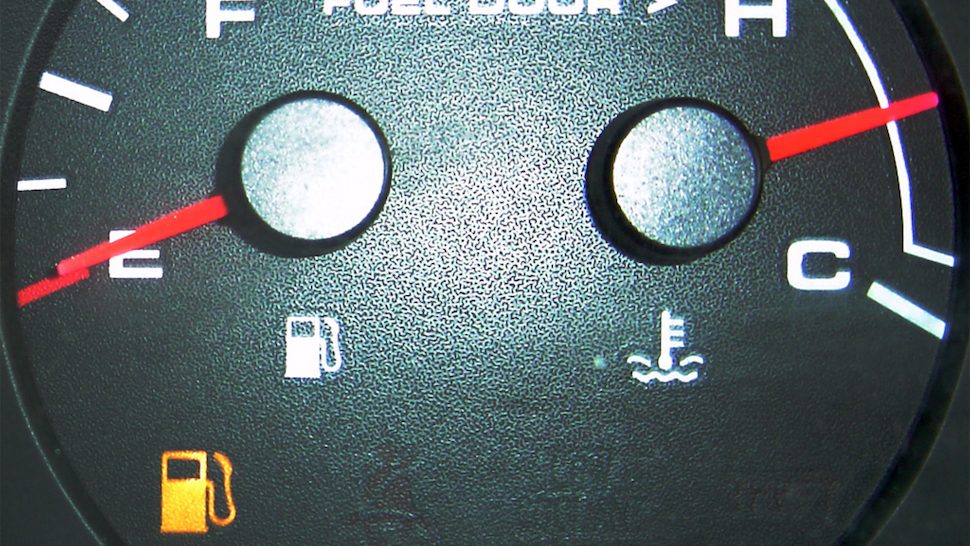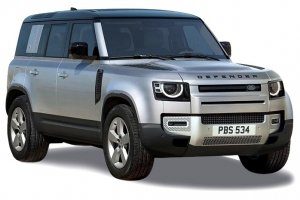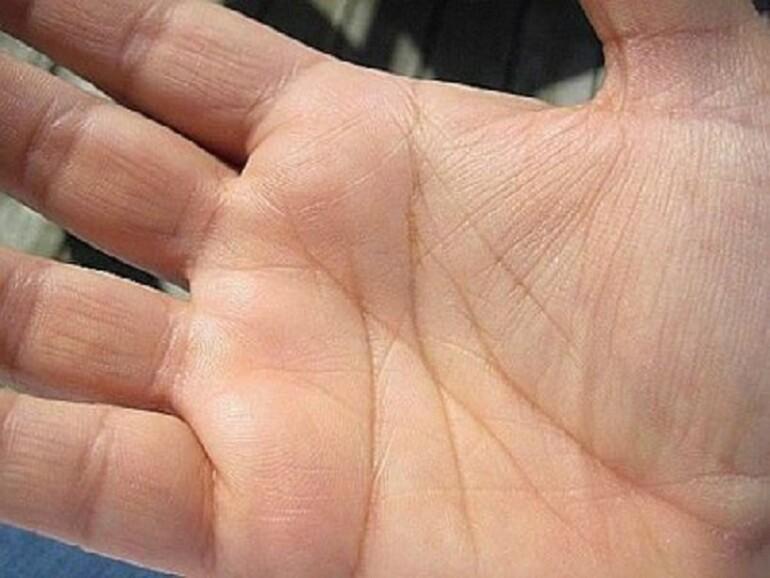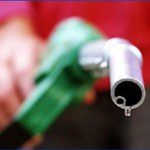
How much fuel does it cost us to light during the day?
For over a year now, this decree has shown that we can shine all day, all year round. That is why I very often come across the question of how much this increases fuel consumption, not counting, of course, the more frequent replacement of light bulbs (discharge lamps), which this constant switching on and off of the light brings. So let's just try to calculate how much this security enhancement costs our wallet.
The calculation is based on the fact that energy does not arise from nothing. To turn on the bulbs in the headlights to the delight of the traffic cops, we need to produce the energy we need. Since the only source of energy in the car is the internal combustion engine itself, logically the energy will come from there. Using mThe rotor rotates the rotor of a generator (for older cars, for example the Škoda 1000 dynamo), which usually supplies energy to the vehicle's electrical system and also charges the battery, which serves not only as electricity, but also as a stabilizer. If we turn on any device in the car, the resistance of the generator winding will increase. We can observe this fact on an older car, which does not yet have an idle speed control. If we turn on the heated rear window and radio, as well as the fan at the same time, the tachometer needle drops slightly, because the engine has to overcome a lot of load. This also happens as soon as we turn on the lights.
But back to daylight. Therefore, if we do not want to risk a fine, turn the corresponding switch and turn on the following bulbs (I will take the Škoda Fabia 1,2 HTP with red P therefore, with a power (47 kW):
2 lamps (usually H4 halogen) at the front (2 x 60 W)
2 lamps in rear side lights (2 x 10 W)
2 front side marker lamps (2 x 5 W)
2 rear license plate lamps (2 x 5 W)
several dashboard lights and various controls (rated power up to 40 W)
All you need is somewhere to get 200 watts of energy.
The engine of the aforementioned Fabia develops a power of 47 kW at 5.400 rpm. Thus, if the car is on fire, its maximum power is 46,8 kW. However, the reality is that we rarely run a car at maximum power, but in driving school we were taught to drive with maximum torque when we have the least advice and we have the lowest fuel consumption. The speed and torque characteristics of the speed are not linear and each has a maximum at different points. For example, at low speeds the motor has only 15 kW and the specified 0,2 kW load is 1,3% of its power at a maximum power of 5.400 rpm. this is only 0,42%. It follows from this that burning headlights represent a different load for the car in different operating modes.
To summarize, we will assume for the first time that the Fabia will run at 3000 rpm with 34 kW without light. Of course it will not be very difficult, we will have to take into account the power-speed provided by the car manufacturer and the dynamics of the speed over time, I dare say that it is almost countless and so we will help to simplify the normal power characteristics given by the engine manufacturer ... 1,2 HTP... We also neglect generator losses, its efficiency is max. 90%. So, suppose that if we turn on the light, the available power drops to 33,8 kW, i.e. the speed and speed are reduced by about 0,6%. This means that if you travel in an airplane with five, at the mentioned 3000 rpm, about 90, your speed will decrease by the mentioned 0,6%. If you want to maintain the indicated speed, you must add enough throttle to maintain the indicated speed. When driving in the fifties, the Fabia consumes about 4,8 liters of fuel per 100 km, but you need to get 0,6% more power, so you need to fill the system with 0,6% more fuel (there is also some simplification, because the dependence fuel consumption is also not completely linear). Vehicle consumption will increase by 0,03 l / 100 km.
Of course, it will look different when you turn on the light when driving on the machine and 1500 rpm, for example, when driving in a column. In this driving mode, the Fabia already consumes 14 liters per 100 km, the engine power at a given speed is approx. 14 kW. Consumption will increase by about 0,2 liters / 100 km.
So, let's sum up. Once Fabia saves us 0,2 liters of fuel more, once - 0,03 liters per 100 km. On average, we assume that the increase in consumption will be about 0,1 l / 100 km. If we drive about 10 km a year, we consume 000 liters more petrol, so it will cost us about 10 euros more. So there is nothing to worry about, and if it is done to improve road safety, why not donate those few euros. But. There are about 12,5 600 cars in operation in Slovakia, and when each one saves an additional 10 liters of fuel, we get a significant 6 million liters of fuel. And this is quite a decent excise tax, not to mention the deterioration of the environment by exhaust gases. Therefore, this will not be to the detriment of a direct comparison of the development of accidents without light and with the light on. Who else would refuse this duty for the sake of the preservation of the Austrian possessions?


